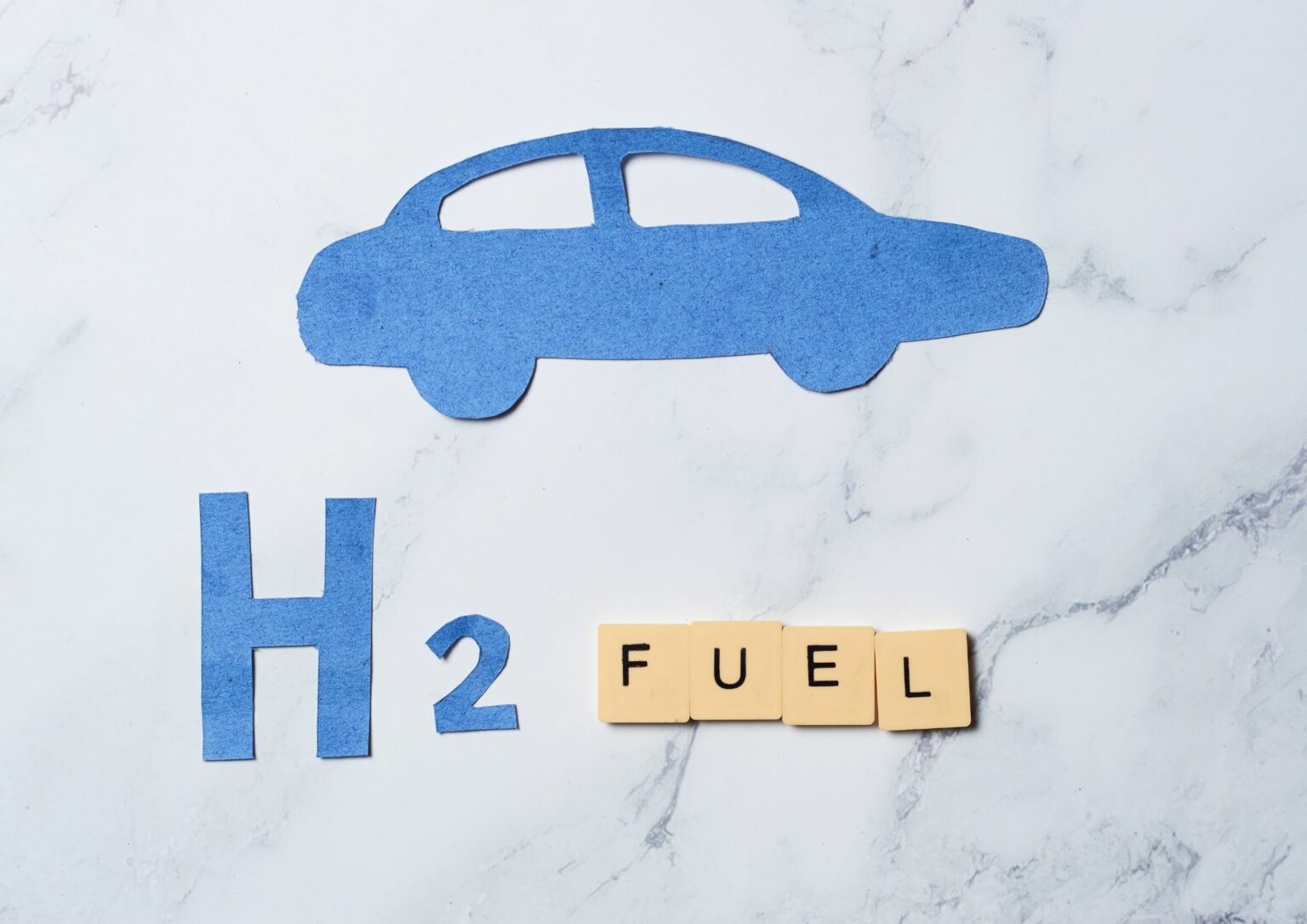During the second Hydrogen week held in the UK in February 2024, a significant feat was accomplished by Hyundai with its Fuel Cell Electric Vehicles (FCEVs). The ix35 FC, a representative model in their lineup, surprisingly set two records for its driving range, igniting discussions about its potential implications for the industry and consumers.
The ix35 FC marked the longest single-tank journey in the UK covering 406 miles and completed a continuous trip of over 6,000 miles in 6 days around London’s M25. Although a few other hydrogen cars have higher range claims, the ix35 FC, being a standard SUV designed for practical use, conveyed a compelling picture of the benefits of hydrogen cars.
To compare to Battery Electric Vehicles (BEVs), the average range reported for an average BEV in Europe in 2023 was 274 miles. The stated range, however, could be influenced substantially by factors such as driving conditions and the weather.
The argument here is less about FCEVs possessing longer ranges than BEVs, a known fact, but more about understanding if such an extended range is necessary and whether it could influence increased market success. UK government data suggests the standard trip length for car drivers in 2022 was 8 miles, while the average commute distance was 10 miles.
Taking into consideration these stats and factoring in the widespread relevance of at-home and at-work charging facilities, it seems that BEVs can adequately cater to the majority of trip requirements. However, a significant challenge arises for those unable to charge at home. Although installing charging points at public spaces is becoming mainstream, the lack of infrastructure for the readily affordable green hydrogen is a real obstacle.
Is a Single Solution Possible?
The battery-electric vs fuel-cell argument continues to be polarizing. Some leading automotive manufacturers like Toyota, Honda, Hyundai continue to research both technologies, asserting that one solution can’t fit all. Drivetrain technology overlaps as FCEVs also utilize batteries and electric motors like BEVs.
With the technological evolutions, the initial ownership costs of FCEVs are anticipated to drop, and crucially, hydrogen refueling infrastructure continues to expand. This greater availability of hydrogen could enhance the viability of hydrogen cars in the future.
Predictions by IDTechEx indicate BEVs will dominate the zero-emission automotive technology market. However, with the scale-up of hydrogen infrastructure and key vehicle manufacturers backing the technology, a 60-fold growth is expected for FCEVs in the next 20 years, spanning across cars, trucks, vans, and buses. The insights into the adoption of FCEVs and the future of the market are elaborated in IDTechEx’s report, ‘Fuel Cell Electric Vehicles 2024-2044: Markets, Technologies, and Forecasts’.
